Order True bugs Higher classification Cimicomorpha | Suborder Heteroptera Scientific name Tingidae Rank Family | |
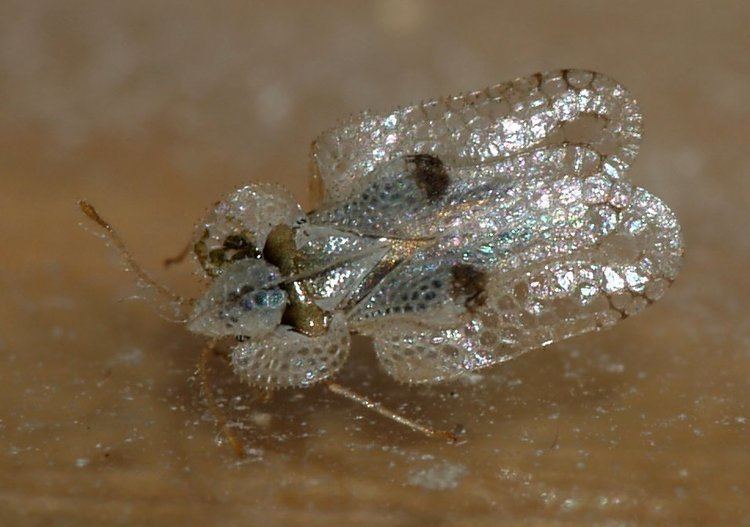 | ||
Similar Insect, True bugs, Corythucha, Miridae, Leaf‑footed bugs | ||
Oak lace bug tingidae corythuca arcuata
The Tingidae are a family of very small (2–10 mm (0.08–0.39 in)) insects in the order Hemiptera that are commonly referred to as lace bugs. This group is distributed worldwide with about 2,000 described species.
Contents
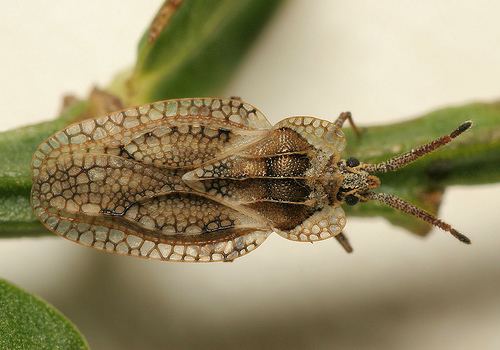
They are called lace bugs because the pronotum and fore wings of the adult have a delicate and intricate network of divided areas that resemble lace. Their body appearance is flattened dorsoventrally and they can be broadly oval or slender. Often, the head is concealed under the hood-like pronotum.
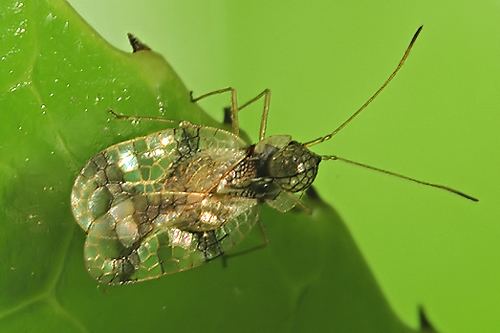
Lace bugs are usually host-specific and can be very destructive to plants. Most feed on the undersides of leaves by piercing the epidermis and sucking the sap. The then empty cells give the leaves a bronzed or silvery appearance. Each individual usually completes its entire lifecycle on the same plant, if not the same part of the plant.
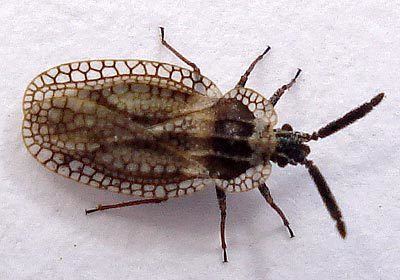
Most species have one to two generations per year, but some species have multiple generations. Most overwinter as adults, but some species overwinter as eggs or nymphs. This group has incomplete metamorphosis in that the immature stages resemble the adults, except that the immatures are smaller and do not have wings. However, wing pads appear in the second and third instars and increase in size as the nymph matures. Depending on the species, lace bugs have four or five instars.
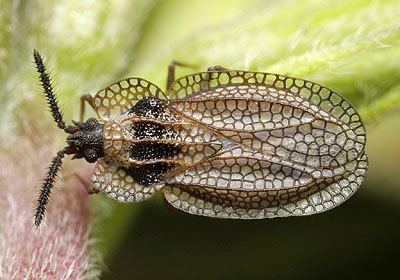
Lace bugs sometimes fall out of trees, land on people, and bite, which, although painful, is a minor nuisance. No medical treatment is necessary.
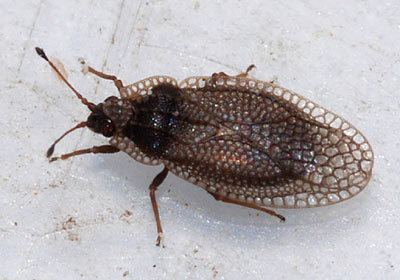
A tingidae is massaging herself
Phylogeny
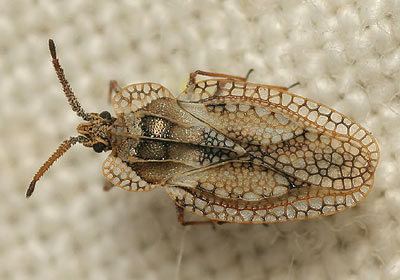
The phylogenetic relationships of the Tingoidea are not well established, with various authors treating the families, and subfamilies, and tribes differently. The phylogeny here follows that of Drake and Ruhoff 1965. While not common in the fossil record, a number of genera and species have been described from both amber and compression fossils, such as Gyaclavator kohlsi from the Eocene Green River formation.
